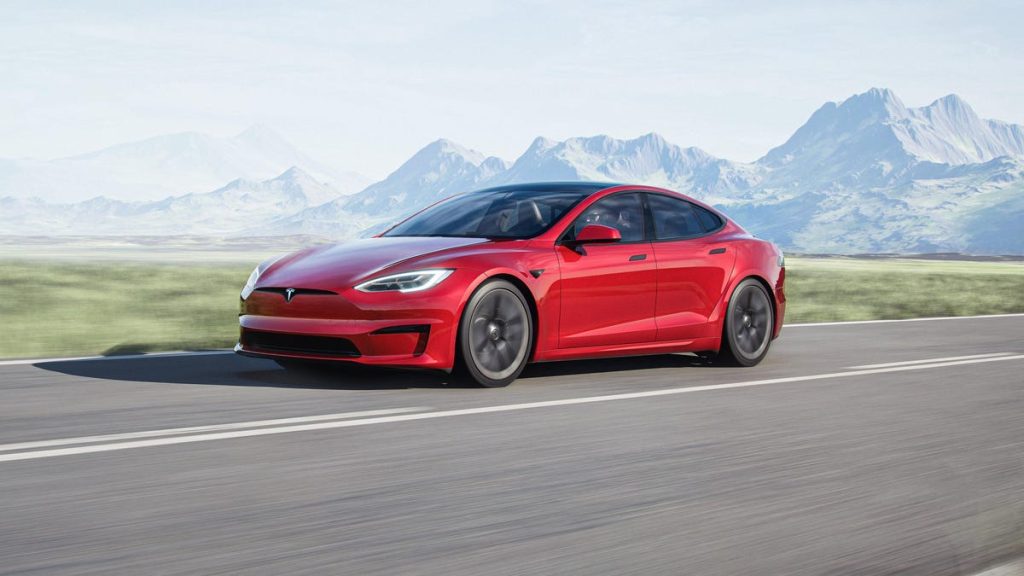Tesla Is Adding Radar Back To Cars Next Year: Docs

Image: Tesla
Over the past couple of years, Tesla has made a big deal out of its Tesla Vision initiative. The company has pulled radar sensors from its cars, starting with its “budget” Model 3 and Model Y and moving up to include the Model X and Model S just ten months ago. The thinking behind the move goes something like this: Humans operate motor vehicles perfectly fine based only on visual input, so a car should be able to drive itself the same way.
Apparently, that theory hasn’t proven true for Tesla. According to documentation filed with the FCC, the company plans to reintroduce radar to its vehicles beginning in “Mid-January 2023.” Seems Tesla Vision is going about as well as predicted.
Tesla originally filed the FCC documents for “1541584,” its new radar device, back in June of this year. Those documents included a request for confidentiality, asking that the commission not publish information about the device for 180 days. Well, today is day 180, and the company has now filed an extension — but one with a very interesting detail.
Tesla’s extension letter gives a reason for the added secrecy: its new radar product is coming to market in the middle of next month. The filing doesn’t get more specific than “Mid-January” for a release date, but specifies that the company only needs confidentiality through the beginning of February. Whatever’s coming from Tesla, it’s coming soon.
G/O Media may get a commission
Good, whole food for your dog.
Nom Nom’s meals are overseen by two Board-Certified Veterinary Nutritionists, who make it their mission to deliver your dog nutrient-rich, healthy foods.
But what is coming from Tesla? Thanks to its confidentiality letters, we don’t know much. The FCC filing’s Test Results document describes the device as “a non-pulsed Automotive Radar which operates in the 76-77 GHz spectrum,” a dead match for what the physics world calls frequency-modulated continuous wave radar. Rather than sending out high-powered pulses of radio signal, FMCW constantly sweeps along a small frequency range — making it both more detailed and cheaper to operate than traditional pulsed systems.
Essentially, this new device appears to be the standard form of automotive radar that you see in every company’s adaptive cruise control system. It’s not immediately clear what Tesla will bring to the table with this new addition to its cars, beyond the inherent benefits of a radar-based system.
It didn’t take long for Tesla to throw in the towel on Tesla Vision, it seems, and default back to good old-fashioned radar. But, the reversal begs another question: If Tesla is willing to shell out the cash for new sensors on its cars, why not go LIDAR?





